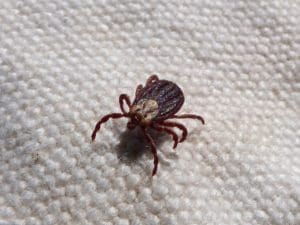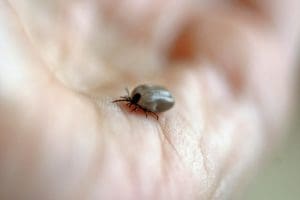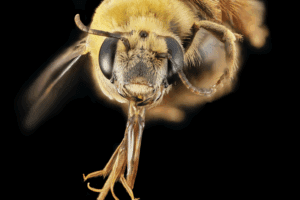
Summer is fast approaching. This means it's time for long, lazy barbeques in the backyard or leisurely walks out and about in nature. But it also means that its time for ticks.
Being outdoors is a wonderful way to spend a sunny day, but how do we make sure pests like ticks don’t follow us into the home or stick to our clothes? Use these tips and tricks to stay safe and ensure that the chances of tick bite fever are kept to an all-time low.
Identifying Ticks
It can be easy to turn a blind eye to the different varieties of ticks as we don’t like the thought of any of these bugs getting stuck to our skin. However, being able to identify a tick could save your life. Some ticks may be deadly, while others may be less of a cause for concern.
The three different ticks you should get accustomed to are the Lonestar, black-legged and dog ticks. For humans, we have to be concerned about the Lonestar and black-legged, as these are the smallest and most dangerous. Dog ticks usually only stick to dogs but are still a cause for concern as your pets can get seriously ill when bitten by a tick.
A black-legged tick is the one to watch out for and is common in the New Jersey area. If you enjoy camping, hiking, or outdoor sports, you’ll want to keep a keen eye out for these ticks. If you get bitten by one, they can cause diseases and viruses like Powassan virus, Borrelia miyamotoi infection, anaplasmosis, babesiosis and, most commonly, Lyme disease.
New Jersey natives now have an extra tick to worry about too. In 2017, the East Asian tick was discovered, and it’s been breeding prolifically in the woody areas ever since.
How Ticks Can Transmit A Variety Of Diseases Simultaneously

Even if you are tick-free after an adventure into the outdoors, make sure to check your pets. Ticks are known for feeding on a variety of different mammals and are commonly found on dogs. If your pet has longer fur, this is the perfect place for a tick to nest as it's warm and covered.
A tick's bite can be lethal and cause immediate side effects like extreme exhaustion. Getting bitten by any tick is a recipe for disaster as you can not only get Lyme disease, but the bacteria from the bug's mouth can cause serious infection at the site too. When bitten by the most dangerous of ticks – the black-legged deer tick – you can be prone to babesiosis, anaplasmosis and Lyme disease all at the same time.
Easy Ways To Prevent Tick Bites
With any kind of pest control, prevention is the key. It’s all very well to know exactly what to do once you’ve bitten by a tick, but ideally, we’d like to not end up in that situation in the first place.
Cover Up:
Preventing a tick bite is fairly easy, and the best way to do that is to cover any vulnerable areas of exposed skin when walking through tick territory.
The common hiking boot is cleverly designed for not only ankle support, but for the prevention of ticks. One of the number one places people will find ticks is on their ankles, as this is a place that is the most exposed to the ground. A good hiking boot with some thick socks is a great way to prevent ticks.
The trick is to not have any easily accessible skin, so it will also be best to wear light-coloured pants that can be tucked into or covered by your socks. With a more relaxed hike, the legs and feet should be protected, but if you are venturing into more condensed shrubbery where the majority of your body will be in contact with plants and trees, you’ll have to fully cover up.
Use A Pest Repellent:
If it's a stressful thought to only be relying on your clothes for protection from ticks, then there are many good clothing-only repellents containing Permethrin that can add that extra layer of protection. This will be especially useful when in direct and prolonged contact with plants and shrubbery.
Do A Tick Check:

When venturing into outdoor settings, particularly forests, you should always do a thorough tick check on yourself, family members and pets when you get home. Ask someone to check places like your back and behind your legs, as this can be a common place for ticks to stick to. Make sure to shower thoroughly and wash the clothes you were wearing before sitting on any indoor furniture.
If you have a dog with a thick oat do an extra careful check and use a flea comb to separate their hair out and get a close-up view of the skin.
Get Rid Of Ticks At Home
If your pets often come home with ticks or you’ve seen a fair amount in your backyard, you might have a tick problem on your property. This can be easily fixed with the help of Twin-Boro. Take action now, before one of these pests bites you or someone you love - human or four-legged.






